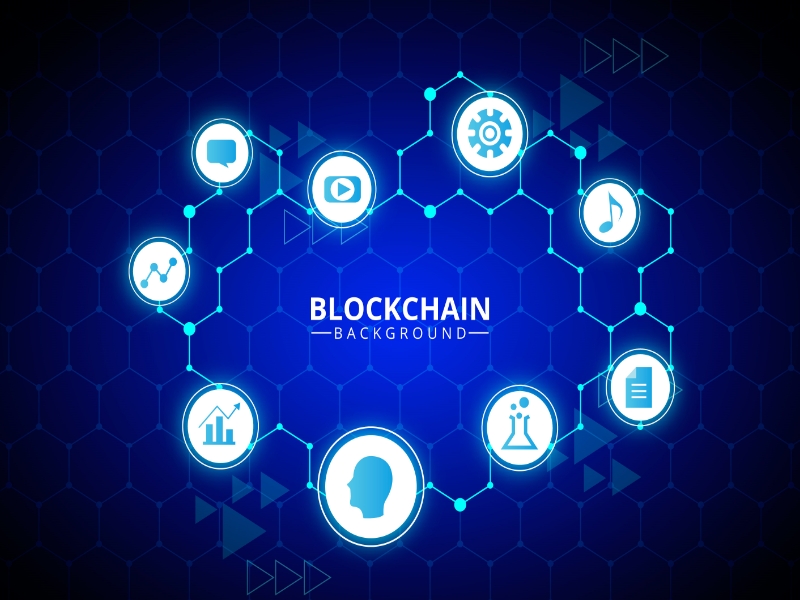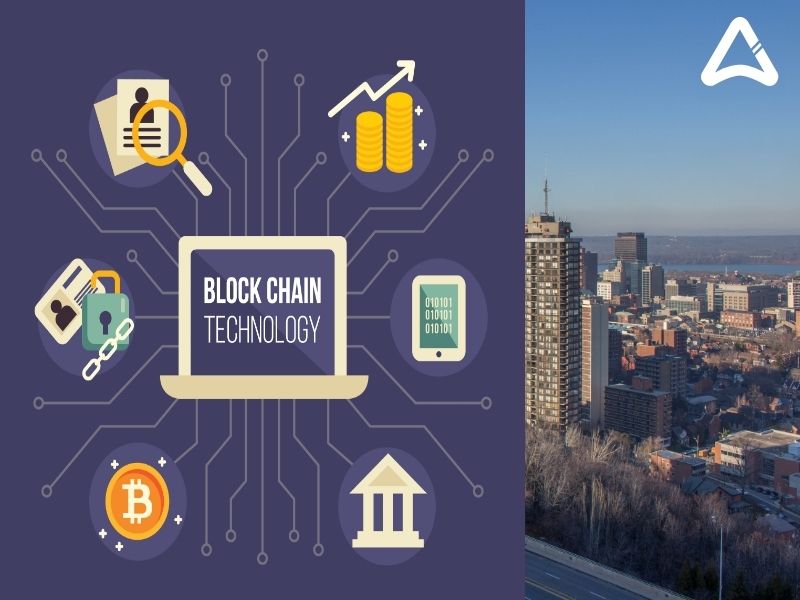Blockchain technology is one of the few innovations of this modern world which is transforming businesses especially finance and banking sector. Almost every sector and genre can be benefitted from this technology. First, have a look at the top 10 blockchain development companies in Calgary.
Blockchain is not a Cryptocurrency
In 2008, Bitcoin, the first and most successful cryptocurrency, used blockchain technology to create a network in which anonymous people could make non-fiat currency transfers without the need for intermediaries. After the birth of Bitcoin, many other cryptocurrencies began to be launched using blockchain, being today more than 2,000. However, blockchain is not a cryptocurrency, but it is a technology used by crypto currencies.
Beyond crypto currencies, the success of blockchain technology to generate consensus, function in a decentralized manner and resist hacking attempts thanks to the immutability of the information guaranteed by network cryptography, motivated the entrepreneurial community to consider it as an option attractive to build digital solutions at government and business level.
Once it is understood that blockchain is not a cryptocurrency but a decentralized record of information that is stored in the form of transactions that are grouped in blocks, questions such as what are the transactions. Or what are the participants and how do they interact with the network?
So What are the Key Elements of Blockchain to Design a Solution?
First, it is worth recognizing that not all blockchains are equal, as we anticipated at the beginning. Its main differences are the administration model, the level of decentralization or the degree of transparency, among other characteristics. The most used option when developing digital solutions with social impact value are the permissible networks, which allow companies and government institutions to use blockchain technology to decentralize information, generate consensus and increase the accuracy of validation and increase security. . The example we will give in this blog corresponds to a blockchain of this type.
However, there are certain ingredients that almost all blockchains have in common by default. The three key elements in the blockchain function are its participants, assets, and transactions.
1. Participants
The participants are all those groups that will play a role in the digital solution with blockchain. These include from companies that manage the network (if any) to ordinary users, through auditing entities, financial institutions, etc.
To size the role of each participant, it is worth asking: What are the permissions you will have on the network? How will you interact with the system? Will you have access to a copy of the entire chain? Can you see only the transactions in which you participate or will you have access to more information? What are the transactions you can perform?
Depending on what the answers to these questions are, participants will receive a copy of the entire chain or not and will have or not permission to view and / or validate transactions. Only participants who have a copy of the chain, even if they do not have access to all transactions because they are some private, are considered nodes. The rest, which will be accessed in general through a web service or a mobile application, are simply users.
2. Assets
Once we are clear who the participants are going to be, we need to know what they are going to exchange through the blockchain network. The way to understand this group is to think that when participants make a transaction, they are often transferring something. That “something” is the asset, and it can be a document, a certificate, a report, a token, a digital currency, etc.
It is also important to highlight that heavy documents are not stored in the blockchain but in databases connected to the blockchain, which also allows registering their modifications. This is motivated by efficiency issues, since all nodes have an updated copy of the chain and the inefficiency is directly proportional to the weight of the chain.
3. Transactions
The third element is transactions. Although we already know who is going to “play” (the participants) and what the “toys” (the assets) are going to be, it remains to be defined what the rules of the game will be. Transactions are how any modification is registered in the blockchain, from the change of a user’s permissions in the system, to the issuance of a certificate or the sending of an economic transfer. They can also be seen as the operations through which participants create, exchange, modify or destroy assets.






